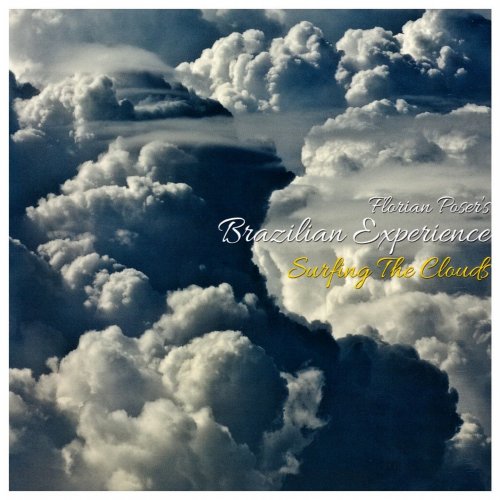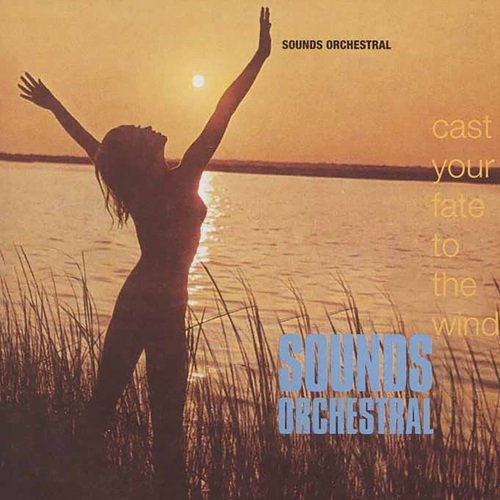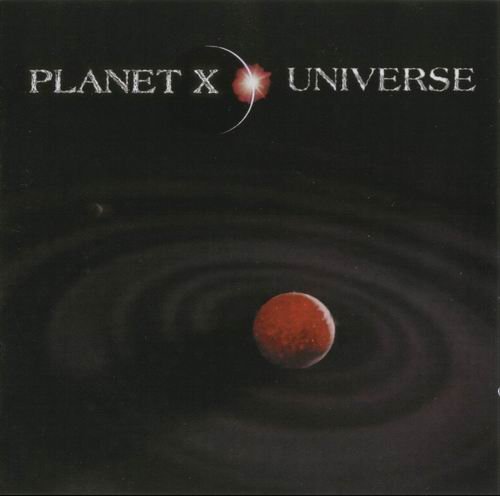Groovexpress - Live at Gvr (2018)
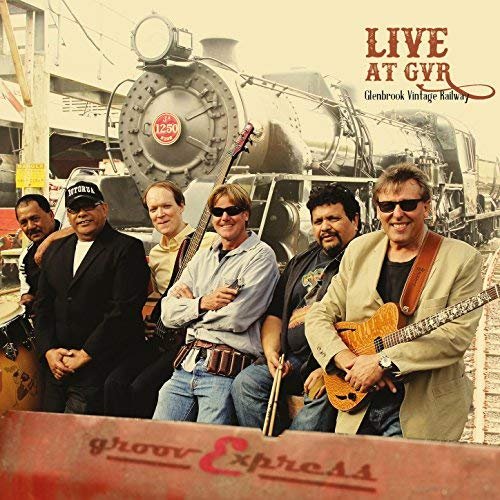
Artist: Groovexpress
Title: Live at Gvr
Year Of Release: 2018
Label: The Sound Of L.A.
Genre: Jazz
Quality: 320 kbps | FLAC (tracks)
Total Time: 00:35:13
Total Size: 83 mb | 234 mb
WebSite: Album Preview
Tracklist:Title: Live at Gvr
Year Of Release: 2018
Label: The Sound Of L.A.
Genre: Jazz
Quality: 320 kbps | FLAC (tracks)
Total Time: 00:35:13
Total Size: 83 mb | 234 mb
WebSite: Album Preview
01. Amsterdaam! (Live)
02. Blues on the Outside (Live)
03. Foxy Brown (Live)
04. Geraldine (Live)
05. Tell Me Why (Live)
06. Ukrainian Doll (Live)
07. Everybody Needs a Little Lovin (Bonus Track)
Personnel:
Mykeljon - electric guitars
‘Haggis’ Maguiness - harmonicas
Ernest Semu - keyboards
Nic Haslip - bass
Leyton Greening - drums
Nick Nahi - percussion
The 1960s and 1970s were great times for soul-jazz, a form of jazz that was heavily influenced by R&B. In contrast to the cerebral, abstract tendencies of avant-garde jazz, soul-jazz outfits like the Ramsey Lewis Trio, Gene Harris’ Three Sounds and the organ combos of Jimmy Smith, Jack McDuff, Shirley Scott, Richard “Groove” Holmes and Jimmy McGriff favored groove-oriented accessibility and made a concerted effort to attract soul and funk fans. Soul-jazz, thankfully, did not disappear after its 1960s/1970s heyday, and in the 21st Century, one group that has been carrying on the soul-jazz tradition is Groovexpress (whose members hail from Australia, New Zealand and Los Angeles). Recalling the soul-jazz of the 1960s and 1970s, Live at GVR (which was recorded at Glenbrook Vintage Railway in New Zealand as a soundtrack for their music videos www.youtube.com/c/groovexpressme) makes a point of grooving but thrives on improvisation. And that emphasis on improvisation sets infectious jams like “Tell Me Why,” “Amsterdam” and “Geraldine” apart from much of the smooth jazz one hears on commercial radio stations in the United States. While smooth jazz artists such as Richard Elliot and Kenny G are known for avoiding improvisation, there is no shortage of improvisation on “Ukrainian Doll,” “Foxy Brown” or “Blues on the Outside” (which sounds a bit like “Mercy, Mercy, Mercy,” a famous standard that the late pianist/keyboardist Joe Zawinul wrote when he was a member of alto saxophonist Cannonball Adderley’s group in the 1960s).
One thing that speaks volumes about Groovexpress’ musical outlook is the fact that they sound as loose and uninhibited in the studio as they do on stage. In smooth jazz, it is not uncommon for artists who typically sound stiff, mechanical and uptight on their studio recordings to let loose and become more free-spirited during their live performances. But with the soul-jazz of Groovexpress, a free-spirited approach prevails on Live at GVR as well as on their studio albums. For example, one can learn a lot about Groovexpress simply by comparing the way that “Ukrainian Doll” and “Foxy Brown” sound on this album to the way they sound on the band’s studio album, Ukrainian Doll. The improvisations are different on the live and studio versions, but that spirit of spontaneity comes through whether Groovexpress are on stage or in the studio.
The Groovexpress lineup on Live at GVR consists of group leader Mykeljon Winckel (mykeljon.com) on electric guitar, Ernest Semu on organ and electric keyboards, Haggis Maguiness on harmonica, Nic Haslip on electric bass, Leyton Greening on drums and Nick Nahi on percussion. This is a somewhat different lineup from the studio lineup heard on the Ukrainian Doll album, but whatever the lineup, it is not hard to pinpoint Groovexpress’ influences. And those direct or indirect influences range from the Crusaders to Funk, Inc. to the late Philadelphia native Charles Earland (one of the many organists who was heavily influenced by the seminal Jimmy Smith back in the day).
The fact that one of the songs on this album is titled “Foxy Brown” says a lot about Groovexpress’ roots. Foxy Brown is the name of a well-known female rapper, but it is also the name of a famous blaxploitation film from 1974 that starred Pam Grier and boasted a memorable soundtrack by the late soul singer Willie Hutch. And by having a song titled “Foxy Brown,” Groovexpress are expressing just how much they appreciate the African-American culture of the 1970s.
The English-speaking countries of the Pacific are not the first places that come to mind when one thinks of soul-jazz, which was dominated by the United States during the 1960s and 1970s and is still dominated by the United States many years later. And it is good to see Groovexpress playing this type of music in that part of the world: someone who lives in Auckland, Melbourne or Sydney shouldn’t have to travel all the way to Philadelphia or Chicago to hear quality soul-jazz.
One thing that speaks volumes about Groovexpress’ musical outlook is the fact that they sound as loose and uninhibited in the studio as they do on stage. In smooth jazz, it is not uncommon for artists who typically sound stiff, mechanical and uptight on their studio recordings to let loose and become more free-spirited during their live performances. But with the soul-jazz of Groovexpress, a free-spirited approach prevails on Live at GVR as well as on their studio albums. For example, one can learn a lot about Groovexpress simply by comparing the way that “Ukrainian Doll” and “Foxy Brown” sound on this album to the way they sound on the band’s studio album, Ukrainian Doll. The improvisations are different on the live and studio versions, but that spirit of spontaneity comes through whether Groovexpress are on stage or in the studio.
The Groovexpress lineup on Live at GVR consists of group leader Mykeljon Winckel (mykeljon.com) on electric guitar, Ernest Semu on organ and electric keyboards, Haggis Maguiness on harmonica, Nic Haslip on electric bass, Leyton Greening on drums and Nick Nahi on percussion. This is a somewhat different lineup from the studio lineup heard on the Ukrainian Doll album, but whatever the lineup, it is not hard to pinpoint Groovexpress’ influences. And those direct or indirect influences range from the Crusaders to Funk, Inc. to the late Philadelphia native Charles Earland (one of the many organists who was heavily influenced by the seminal Jimmy Smith back in the day).
The fact that one of the songs on this album is titled “Foxy Brown” says a lot about Groovexpress’ roots. Foxy Brown is the name of a well-known female rapper, but it is also the name of a famous blaxploitation film from 1974 that starred Pam Grier and boasted a memorable soundtrack by the late soul singer Willie Hutch. And by having a song titled “Foxy Brown,” Groovexpress are expressing just how much they appreciate the African-American culture of the 1970s.
The English-speaking countries of the Pacific are not the first places that come to mind when one thinks of soul-jazz, which was dominated by the United States during the 1960s and 1970s and is still dominated by the United States many years later. And it is good to see Groovexpress playing this type of music in that part of the world: someone who lives in Auckland, Melbourne or Sydney shouldn’t have to travel all the way to Philadelphia or Chicago to hear quality soul-jazz.


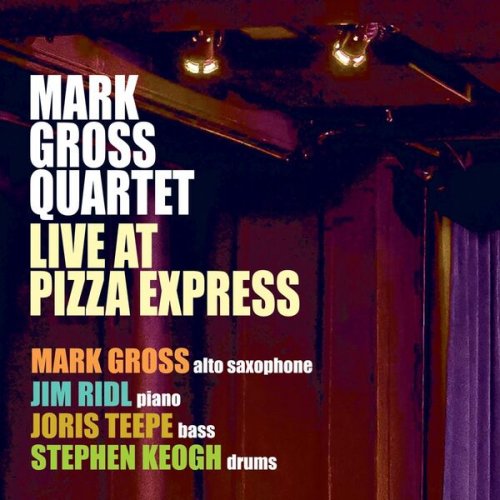
![Kenny Wheeler, Keith Jarrett, Dave Holland & Jack DeJohnette - Gnu High (1976/2025) [Hi-Res] Kenny Wheeler, Keith Jarrett, Dave Holland & Jack DeJohnette - Gnu High (1976/2025) [Hi-Res]](https://www.dibpic.com/uploads/posts/2025-12/1765627312_cover.jpg)
